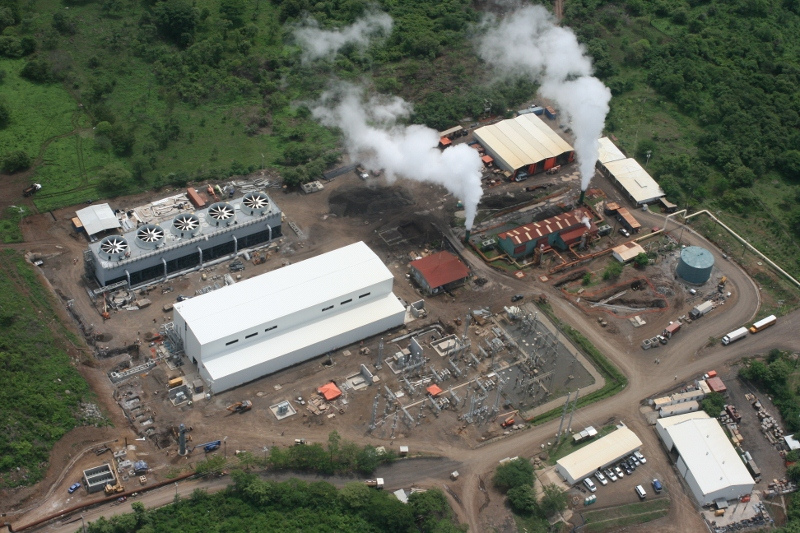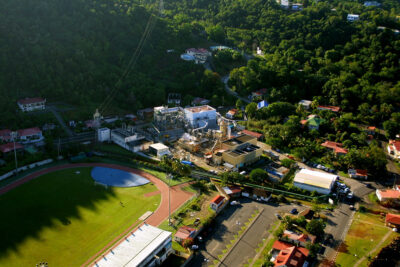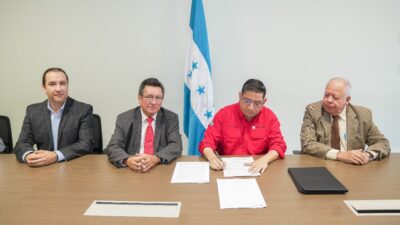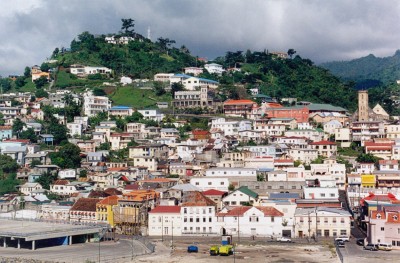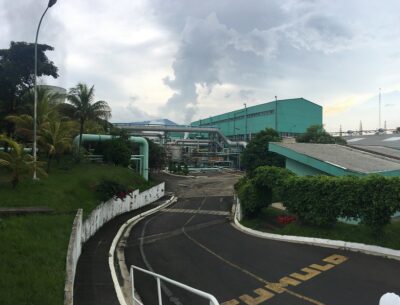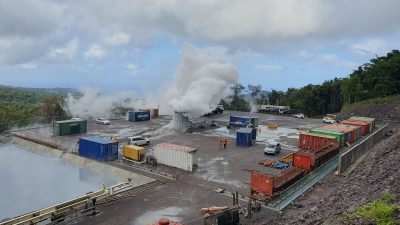The crucial role of geothermal in Nicaragua’s renewable energy plans
Nicaragua is aiming to have 90% of their energy needs via renewable sources by 2020 and geothermal will be a critical source to do so, spearheaded by tax cutting legislation and a influx of private investment from abroad.
Nicaragua had been plagued in the last decades with blackouts and power rationing, affecting business and the local population alike. To make matters worse, the rising costs of oil made electricity generation too expensive to be effective.
Trying to tackle these serious matters, the government passed a law in 2005 giving renewable energy companies a tax holiday and permitting them to import equipment and machinery free of duties.
“We were going to move from around 80 percent dependency on oil for our energy to around 80 percent dependency on renewables over the course of a 10-year period,” said Javier Chamorro, head of ProNicaragua, an export promotion agency.
This created an influx of private capital and a rush in investment into renewable energy. Due to the geographic advantages of Nicaragua there are multiple renewable energy possibilities to invest in, and being o top of the Pacific Ring of Fire allows for plenty of geothermal development.
According to local news, among the foreign companies that pledged or executed projects worth $1.5 billion was Ram Power. Experts calculate that there is 4,500 MW of renewable potential in the country and the government is aiming at having by 2020 90% of renewable energy generated in the country and ultimately being able to export green electricity to neighbouring countries.
For more details, please follow the link below:
Source: The Charlotte Observer Website
